Hello guys,
In the last few years thrift shopping has become popular. The stigma it used to have has decreased. In the bigger cities, you can find vintage stores everywhere. In Panama, even though the number of thrift or vintage stores has increased, buying there is still not widely accepted. I have to admit I wasn’t convinced, but after seeing some of the amazing things Lorena from “My Everyday Wear” found, I decided to give it a try. A few weeks ago I went with her to “Jooo Que Barato”, and I was pleasantly surprised. We went straight to the $1 section which, in my opinion, had some of the best pieces from the entire store. We found amazing vintage options that staying in my $20 budget was incredibly hard. That day Lorena taught me what to take into consideration when buying thrift clothing. I learned the following:
Not everything you find is second hand.
Some pieces are “dead stock” which means that the piece has been in a warehouse for years. You can find pieces that are more than 20 years old with their original tag. This is perfect for those who want to avoid buying something used.
Don’t let the size fool you.
Clothing sizing has changed throughout the years. What used to be a size 14 in the 60s or 70s is now a size 6 or 8. The top I’m wearing here is a size 14 and it fits perfectly. Use your eyes and most importantly try on things.
Read the tags.
If you want to know how old the piece you got is, the tag could give you a clue. We found one that said “made in West Germany” so we immediately knew it was from before 1989. Others will have a “Union Label” which are from the time when a lot of the clothing sold in the United States was produced there. Think from early 1900 to 1980s. The most common label say ILGWU (International Ladies Garment Workers’ Union). The logo has changed 8 times since the 1900s, so by seeing the design you can find around what decade it was made.
Use your hands.
Fabrics from vintage pieces feel completely different from the fabrics of what you get now. You find a metal zipper and you have found gold. Learn how to identify fabrics by touch to know what you are buying.
Don’t forget your phone.
The easiest way to check if the piece is an original and how much it should cost is to Google it. This is incredibly useful with accessories. You will be able to see how much it should really cost. We did that with a bag I found. It ended up being from the 80s and used to cost around $200. Now it was for $12, which was approximately the price it was reselling online.
Be open-minded.
I found the best pieces in the cheapest area since those were things not everyone would buy. Before making the final decision I thought about how I could style it. I do that with everything I get but with vintage, you should do it even more so it goes home with someone who will really love it.
A video of my whole experience is up on my YouTube channel. Make sure to check it out!
Lots of love,
Natalie S.
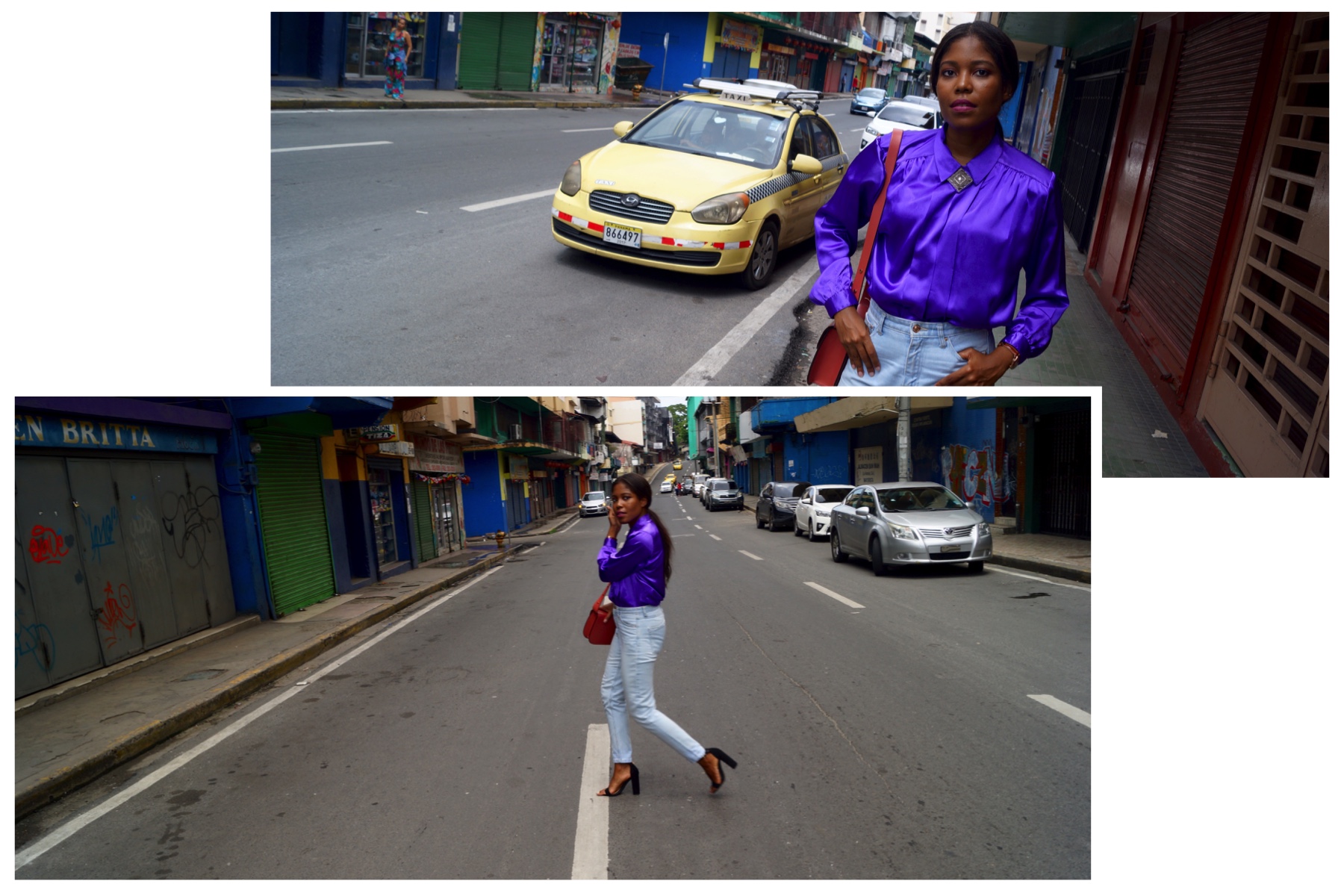
¡Hola chicos!
En los últimos años, la compra de ropa de segunda mano se ha vuelto mas común. El estigma que solía tener ha disminuido. En las ciudades más grandes, puedes encontrar tiendas vintage en todas partes. En Panamá, a pesar de que el número de tiendas de segunda mano o vintage ha aumentado, no es algo que muchos hagan. Tengo que admitir que no estaba convencida, pero después de ver algunas de las cosas que encontró Lorena de “My Everyday Wear“, decidí intentarlo. Hace unas semanas fui con ella a “Jooo Que Barato” (sí, así se llama el almacén), y me quede con ganas de regresar. Fuimos directamente a la sección de $1 que en mi opinión tenía algunas de las mejores piezas de toda la tienda. Encontramos increíbles opciones vintage, que permanecer en mi presupuesto de $ 20 fue increíblemente difícil. Ese día, Lorena me enseñó qué tener en cuenta al comprar ropa de segunda mano. Aprendí lo siguiente:
No todo lo que encuentras es de segunda mano.
Algunas piezas provienen de “dead stock”, lo que significa que la pieza ha estado en un depósito durante años. Puedes encontrar piezas que tienen más de 20 años con su etiqueta original. Esto es perfecto para aquellos que quieren evitar comprar algo usado.
No dejes que el tamaño te engañe.
El tamaño de la ropa ha cambiado a lo largo de los años. Lo que solía ser un tamaño 14 en los años 60 o 70 ahora es un tamaño de 6 u 8. El top que estoy usando aquí es un tamaño 14 y me queda perfecto. Usa tus ojos y aún más importante, pruébate las cosas.
Lee las etiquetas.
Si quieres saber de cuando es la pieza, la etiqueta podría darte una pista. Encontramos uno que decía “hecho en Alemania Occidental”, así que inmediatamente supimos que era anterior a 1989. Otros tendrán un “Union Label” que es de la época en la que se producía mucha de la ropa en los Estados Unidos. Esto fue aproximadamente desde principios de 1900 a 1980. La etiqueta más común es ILGWU (International Ladies Garment Workers ‘Union). El logotipo ha cambiado 8 veces desde 1900, por lo que al ver el diseño puedes encontrar alrededor de qué década se hizo.
Usa tus manos.
Las telas de piezas vintage se sienten completamente diferentes de las telas de lo que obtienes ahora. Si encuentras una cremallera metálica, has encontrado oro. Aprende a identificar los tejidos mediante el tacto para saber lo que estas comprando.
Recuerda tu celular.
La forma más fácil de comprobar si la pieza es original y cuánto debería costar es buscarla en Google. Esto es increíblemente útil con los accesorios. Podrás ver cuánto debería costar. Lo hicimos con una cartera que encontré. Terminó siendo de los 80 y solía costar alrededor de $200. Ahora estaba en $12, que era aproximadamente el precio por el cual se estaba revendiendo en línea.
Ve con la mente abierta.
Encontré las mejores piezas en el área más barata ya que esas eran cosas que no todos compran. Antes de tomar la decisión final, pensé en cómo podría usarla. Hago eso con todo lo que compro, pero con cosas vintage, deberías hacerlo aún más, así se irá a casa con alguien que realmente lo amará.
El video de mi experiencia esta en mi canal de YouTube. ¡No te lo pierdas!
Hasta la próxima,
Natalie S.
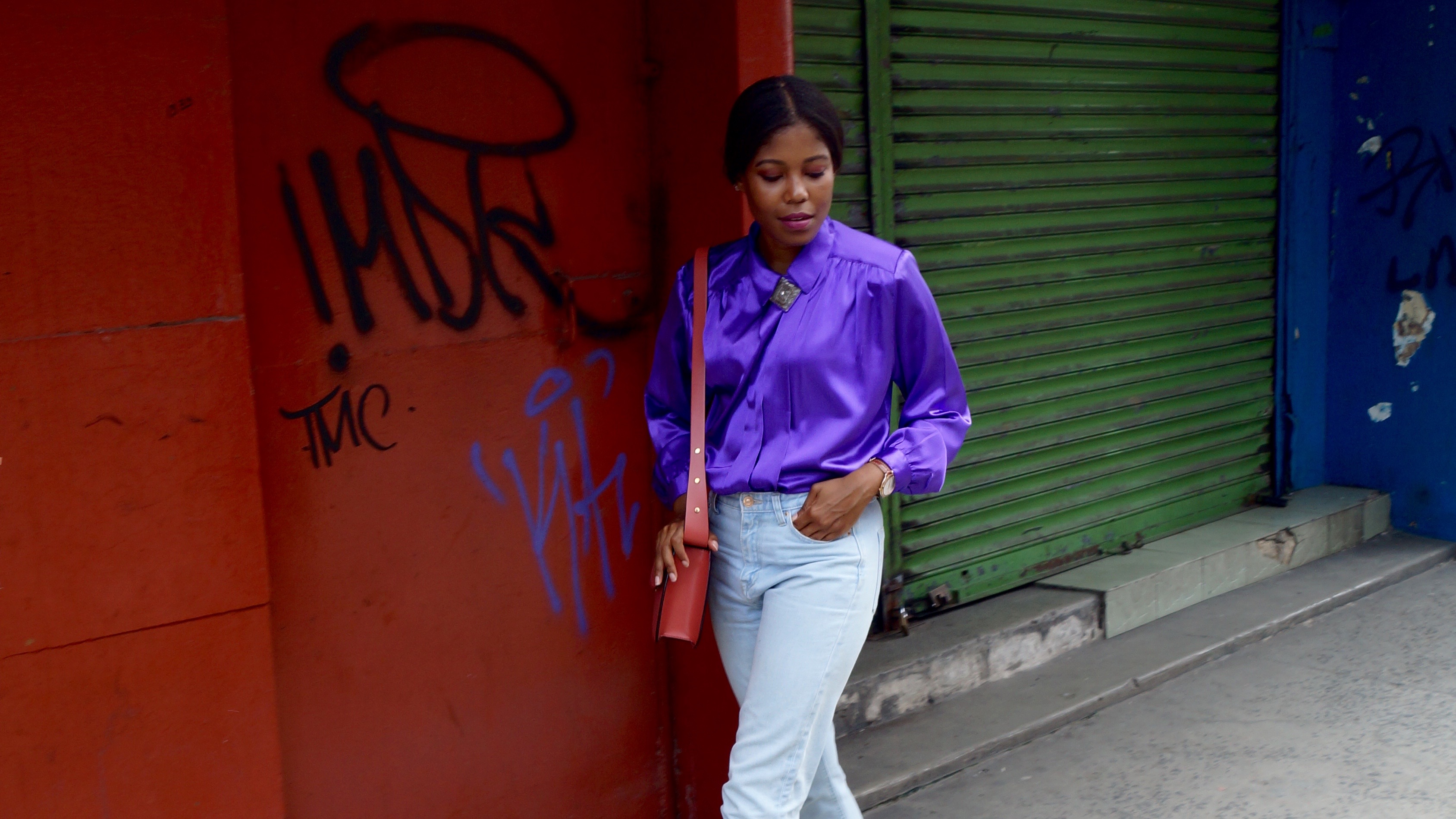
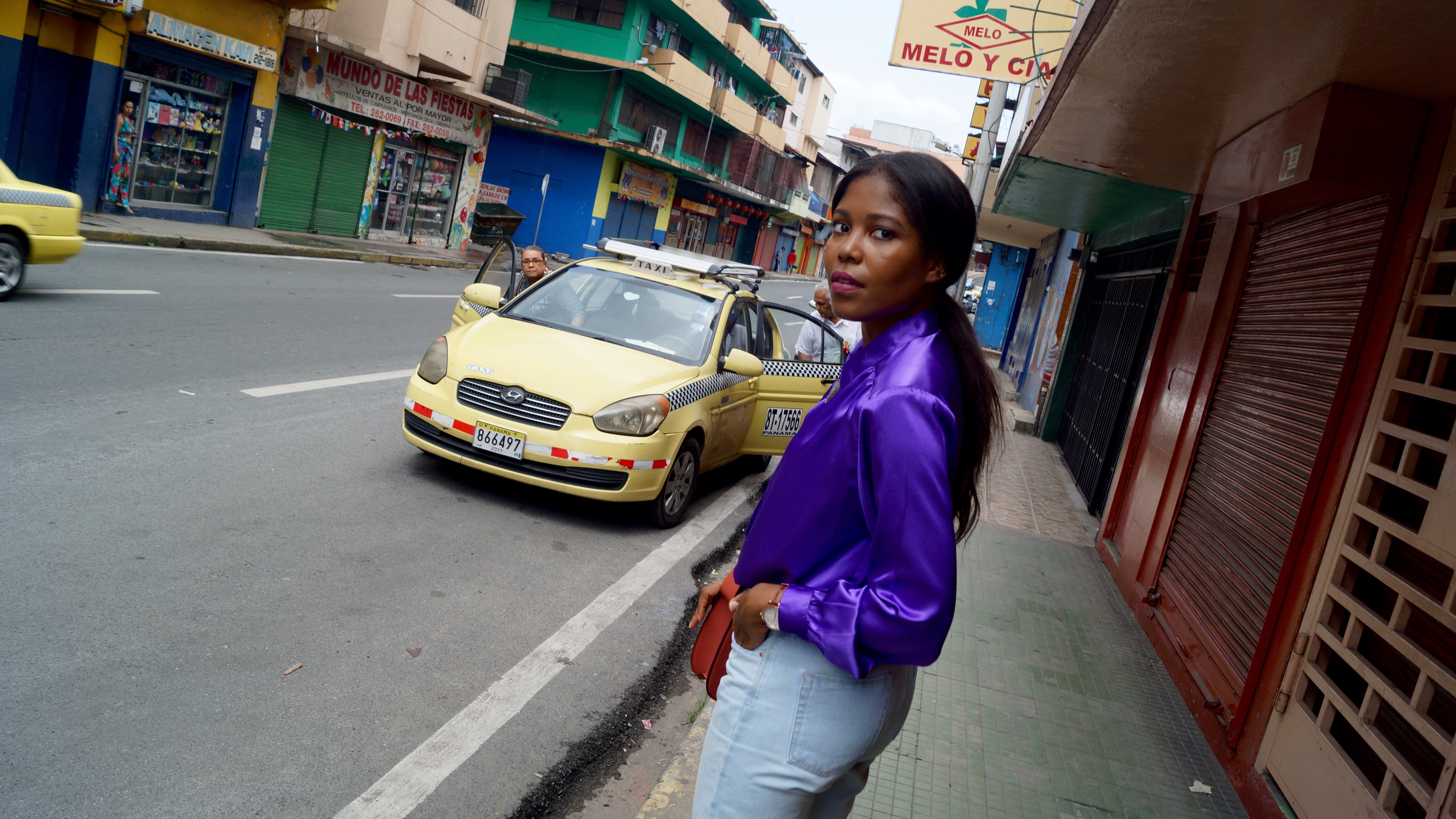
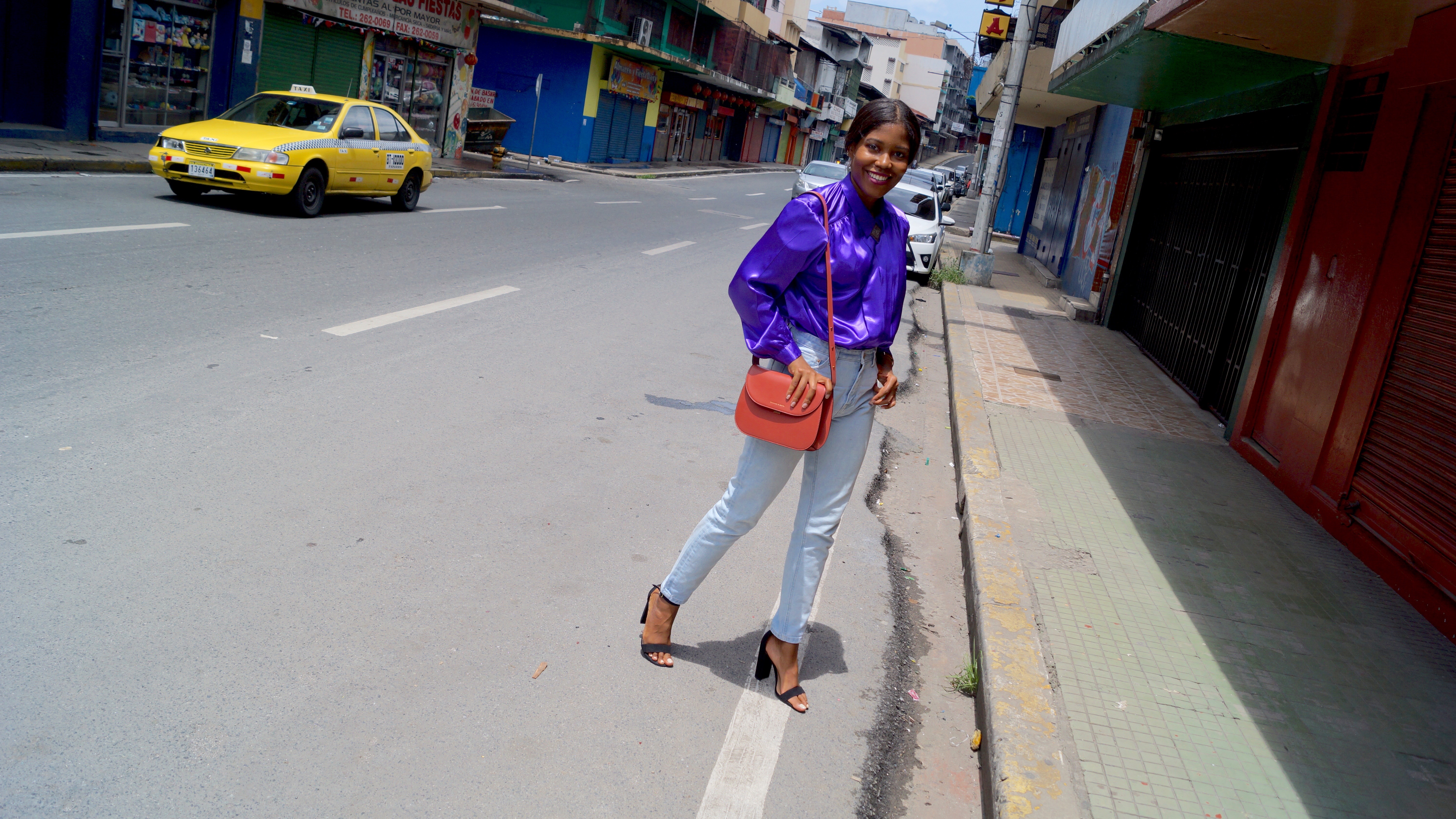
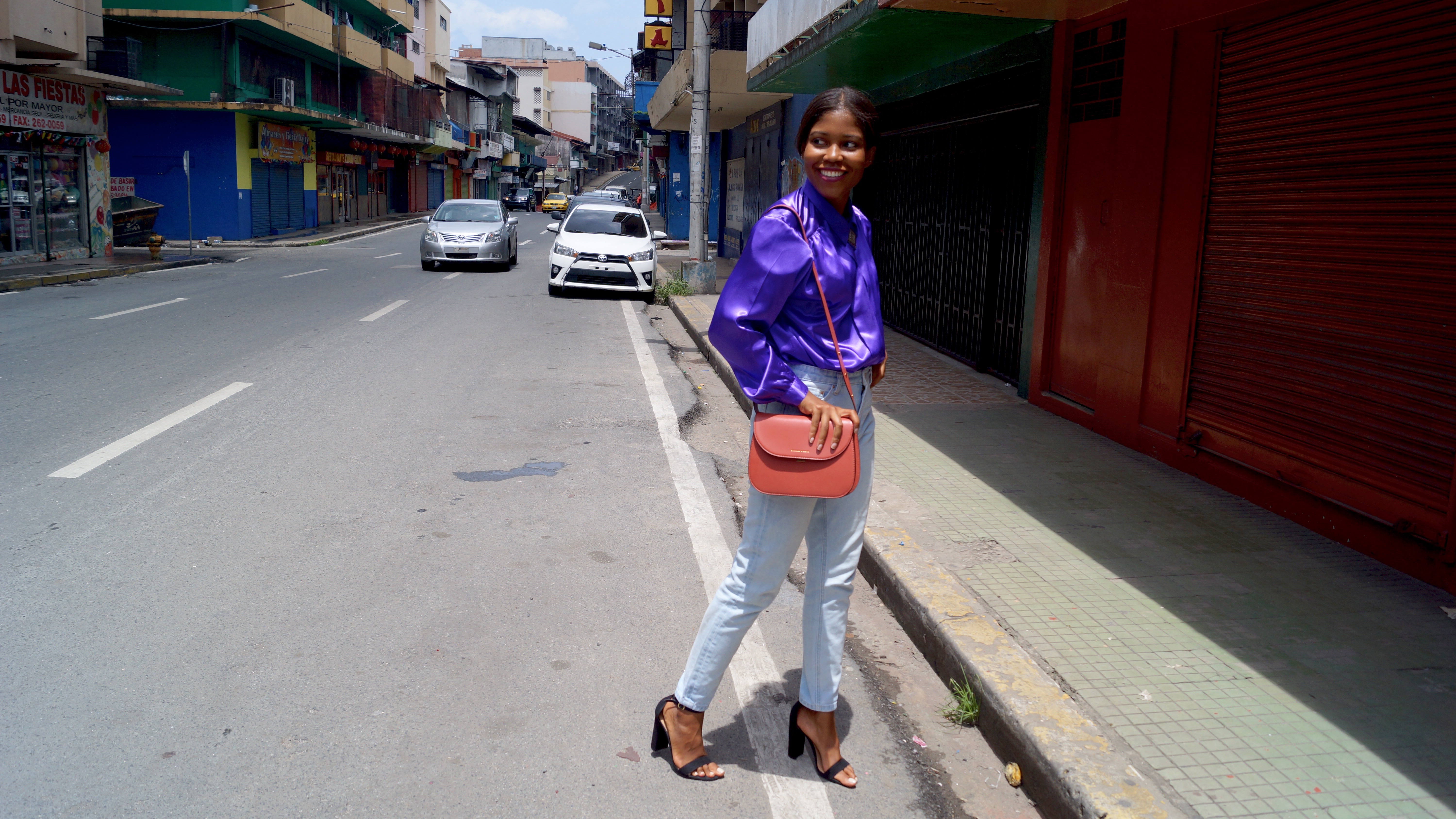
Top: Jooo que Barato
Jeans: Stradivarius (similar)
Shoes/ Zapatos: Target Style
Handbag/ Cartera: Charles Keith (similar)
Photos/Fotos: Isaac Maestre
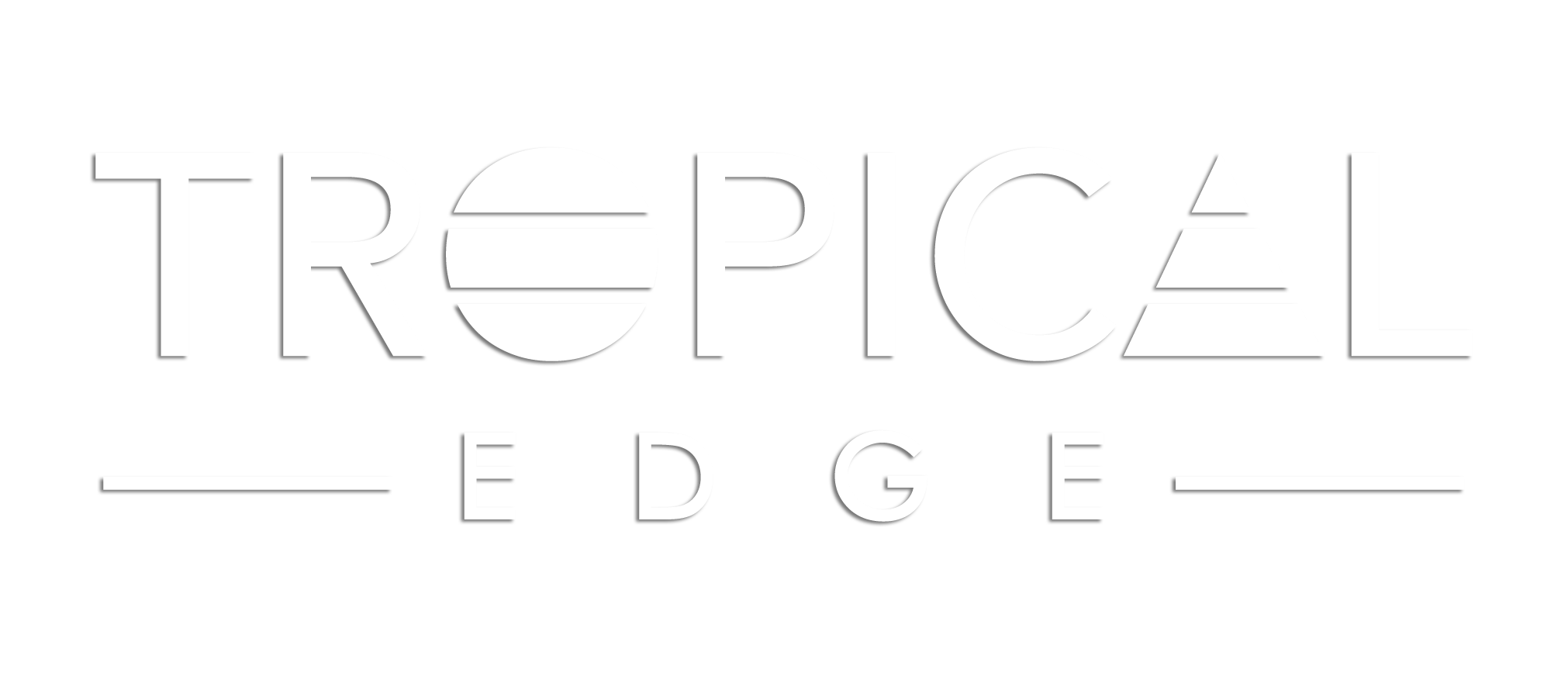
Cuanta elegancia para Avenida B !
Me encantó ! de verdad que esa camisa fue una excelente compra… te imagines el CPW que le vas a sacar?
Gracias por el link 😉
Ni había pensado en el CPW! Definitivamente va a ser el mejor de mi closet. Gracias a ti por acompañarme! Hay que repetirlo!